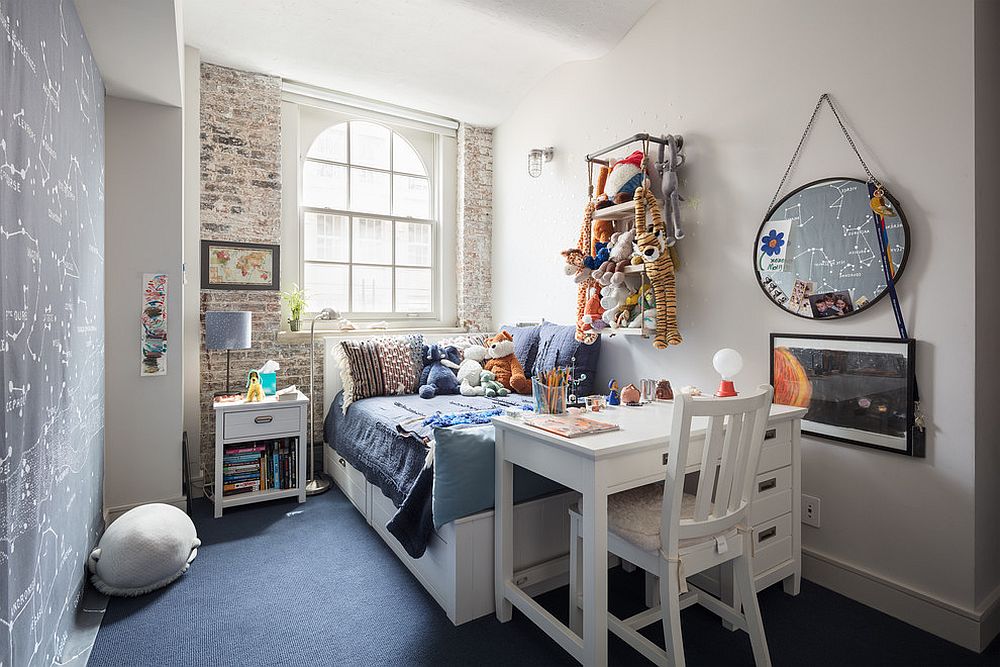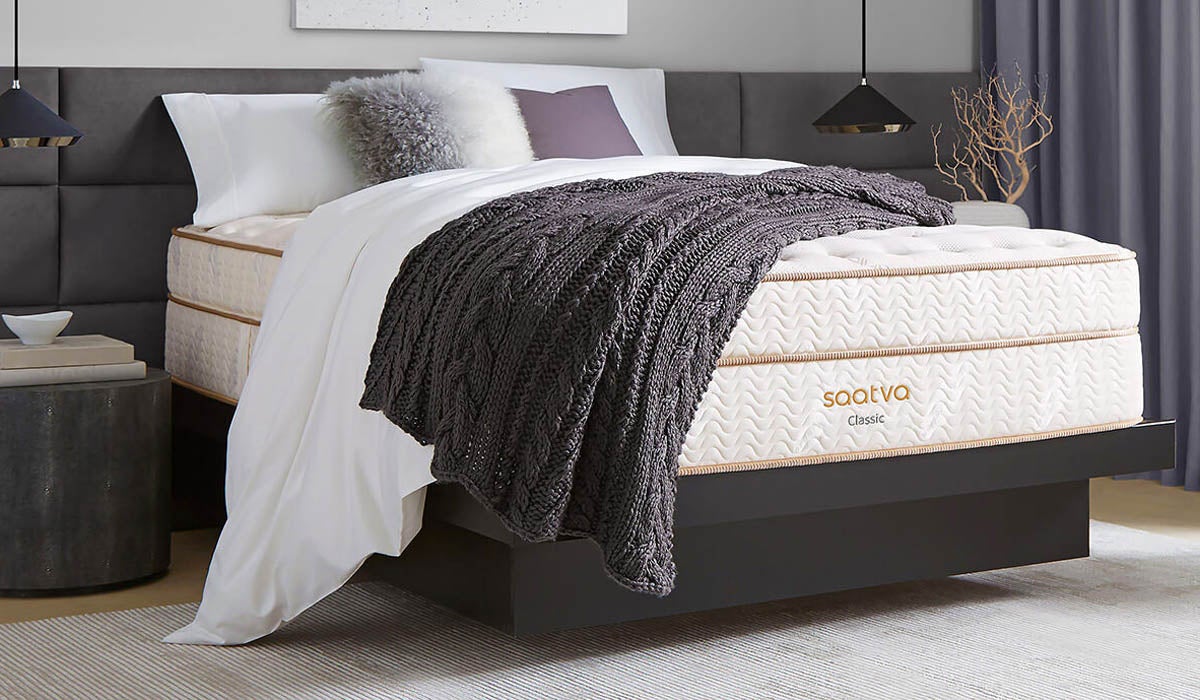Designing and decorating a kids bedroom can be a daunting task, especially when it comes to arranging furniture. As parents, we want to create a space that is not only functional and organized, but also reflects our child's personality and interests. Here are 10 tips for arranging furniture in a kids bedroom that will make the process a little easier and more enjoyable.Arranging Furniture in a Kids Bedroom
Small bedrooms can present a challenge when it comes to furniture arrangement, but with some creativity and smart planning, you can make the most of the space you have. Start by measuring the room and making note of any architectural features or obstructions that may impact furniture placement. Consider using multi-functional furniture, such as a loft bed with a built-in desk or a storage ottoman, to maximize space and reduce clutter.How to Arrange Furniture in a Small Kids Bedroom
Organization is key in a kids bedroom. To keep things tidy and easily accessible, utilize storage solutions such as bins, baskets, and shelves. When arranging furniture, think about traffic flow and leave enough space for your child to move around comfortably. Consider using a rug to define different zones, such as a play area or a reading nook.Tips for Organizing and Arranging Furniture in a Kids Bedroom
Making a shared bedroom work for two or more children can be a fun and creative challenge. To give each child their own space, try arranging the furniture in an "L" shape, with each bed at one end. You can also use a bunk bed or loft bed to save space and create a designated play area underneath. To add a personal touch, let each child choose their own bedding and decor.Creative Ideas for Arranging Furniture in a Shared Kids Bedroom
When space is limited, it's important to make every inch count. Consider using furniture with built-in storage, such as a bed with drawers or a dresser with cubbies. Utilize the vertical space by adding shelves or hanging organizers. To create the illusion of more space, opt for lighter colors and keep the room clutter-free.Maximizing Space: Arranging Furniture in a Kids Bedroom
Designing a gender-neutral bedroom can be a fun and inclusive project. When arranging furniture, try to keep things symmetrical to create a balanced and harmonious look. Use neutral colors for the walls and bedding, and add pops of color with accessories and artwork. Consider incorporating elements that appeal to both genders, such as a tent or a teepee for a fun and cozy play area.Arranging Furniture in a Gender-Neutral Kids Bedroom
With a little creativity and some DIY skills, you can create a unique and personalized kids bedroom that your child will love. Consider repurposing old furniture, such as a dresser or a bookshelf, into a new and functional piece. You can also add a fun and whimsical touch by painting a mural or using stencils to create a themed accent wall.DIY Furniture Arrangement for a Fun and Functional Kids Bedroom
Having a dedicated play area in a kids bedroom can help keep toys and clutter contained. When arranging furniture, prioritize the play area by placing it in a central and easily accessible location. Use furniture, such as a toy chest or a storage bench, to store toys and other play items. Consider adding a rug or a soft play mat to define the space and make it cozy for your child to play on.Arranging Furniture in a Kids Bedroom with a Play Area
Bunk beds are a popular option for kids bedrooms, as they save space and can accommodate multiple children. When arranging bunk beds, consider the height of the ceiling and leave enough clearance between the top bunk and the ceiling. You can also add a fun and functional touch by adding a ladder or a slide to access the top bunk. Make sure to secure the bunk bed to the wall for safety.Arranging Furniture in a Kids Bedroom with Bunk Beds
Creating a designated study area in a kids bedroom can help promote productivity and organization. When arranging furniture, place the study area near a window for natural light and a view. Use a desk or a table that is the right height for your child and add a comfortable chair. Keep school supplies organized with bins, drawers, and shelves.Arranging Furniture in a Kids Bedroom with a Study Area
The Importance of Arranging Furniture in a Kid's Bedroom
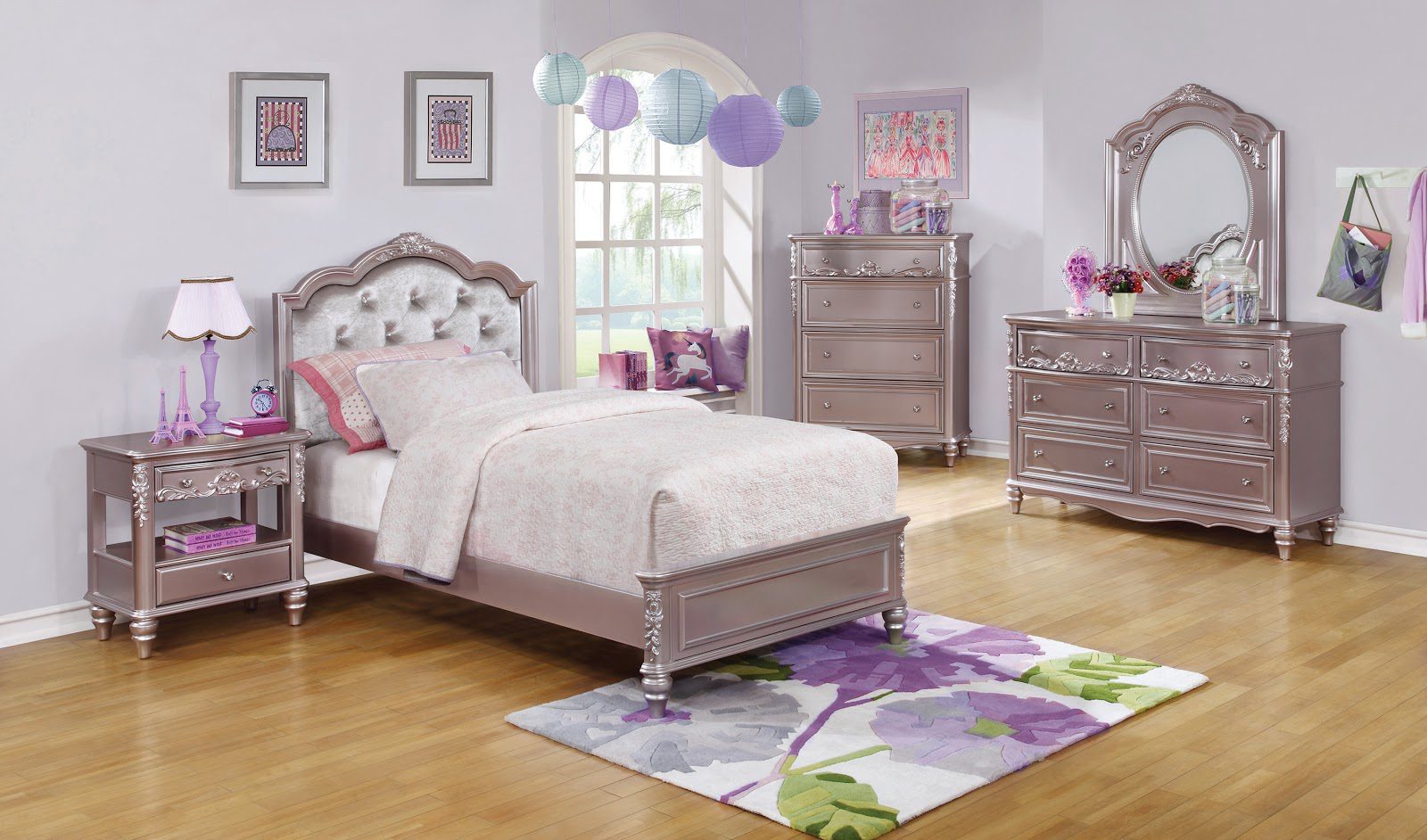
Creating a Functional and Safe Space for Your Child
 When it comes to designing a kid's bedroom,
arranging furniture
is a crucial step in creating a functional and safe space for your child. A well-organized bedroom not only looks aesthetically pleasing, but it also helps your child develop good habits and promotes a sense of independence and responsibility. Plus, a well-arranged room can also improve your child's mood and promote better sleep, leading to a healthier and happier child. In this article, we will discuss the importance of arranging furniture in a kid's bedroom and provide some tips on how to do it effectively.
When it comes to designing a kid's bedroom,
arranging furniture
is a crucial step in creating a functional and safe space for your child. A well-organized bedroom not only looks aesthetically pleasing, but it also helps your child develop good habits and promotes a sense of independence and responsibility. Plus, a well-arranged room can also improve your child's mood and promote better sleep, leading to a healthier and happier child. In this article, we will discuss the importance of arranging furniture in a kid's bedroom and provide some tips on how to do it effectively.
Promoting Safety and Accessibility
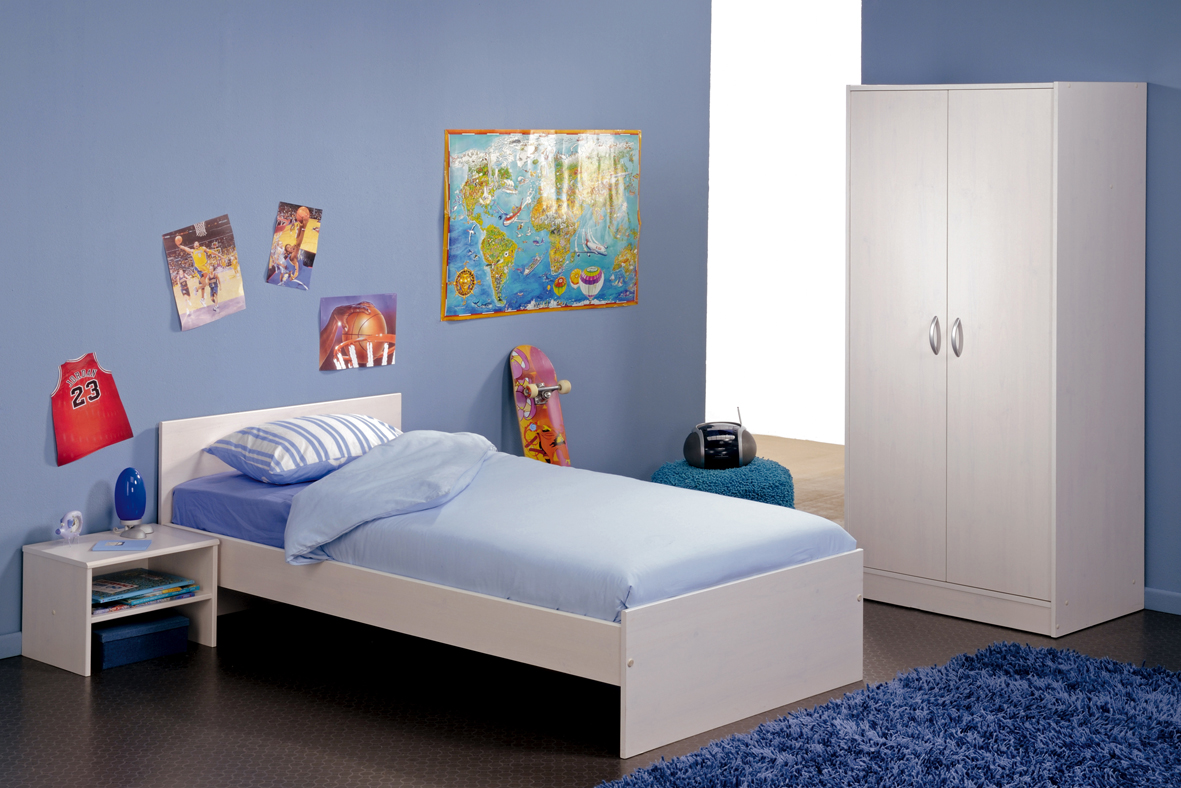 One of the main reasons for arranging furniture in a kid's bedroom is to promote safety and accessibility. Children are naturally curious and energetic, and their bedroom should be a safe haven for them to play and rest.
Arranging furniture
in a way that allows for easy movement and minimizes hazards is essential. Start by placing the bed against a wall to prevent your child from falling off and ensure that there is enough space to walk around without obstacles. Keep heavy or dangerous items out of reach and use child-proof locks for drawers and cabinets. Additionally, consider your child's age and abilities when placing furniture. For example, a younger child may need a lower dresser or shelves within reach, while an older child may prefer a desk for studying and homework.
One of the main reasons for arranging furniture in a kid's bedroom is to promote safety and accessibility. Children are naturally curious and energetic, and their bedroom should be a safe haven for them to play and rest.
Arranging furniture
in a way that allows for easy movement and minimizes hazards is essential. Start by placing the bed against a wall to prevent your child from falling off and ensure that there is enough space to walk around without obstacles. Keep heavy or dangerous items out of reach and use child-proof locks for drawers and cabinets. Additionally, consider your child's age and abilities when placing furniture. For example, a younger child may need a lower dresser or shelves within reach, while an older child may prefer a desk for studying and homework.
Maximizing Space and Functionality
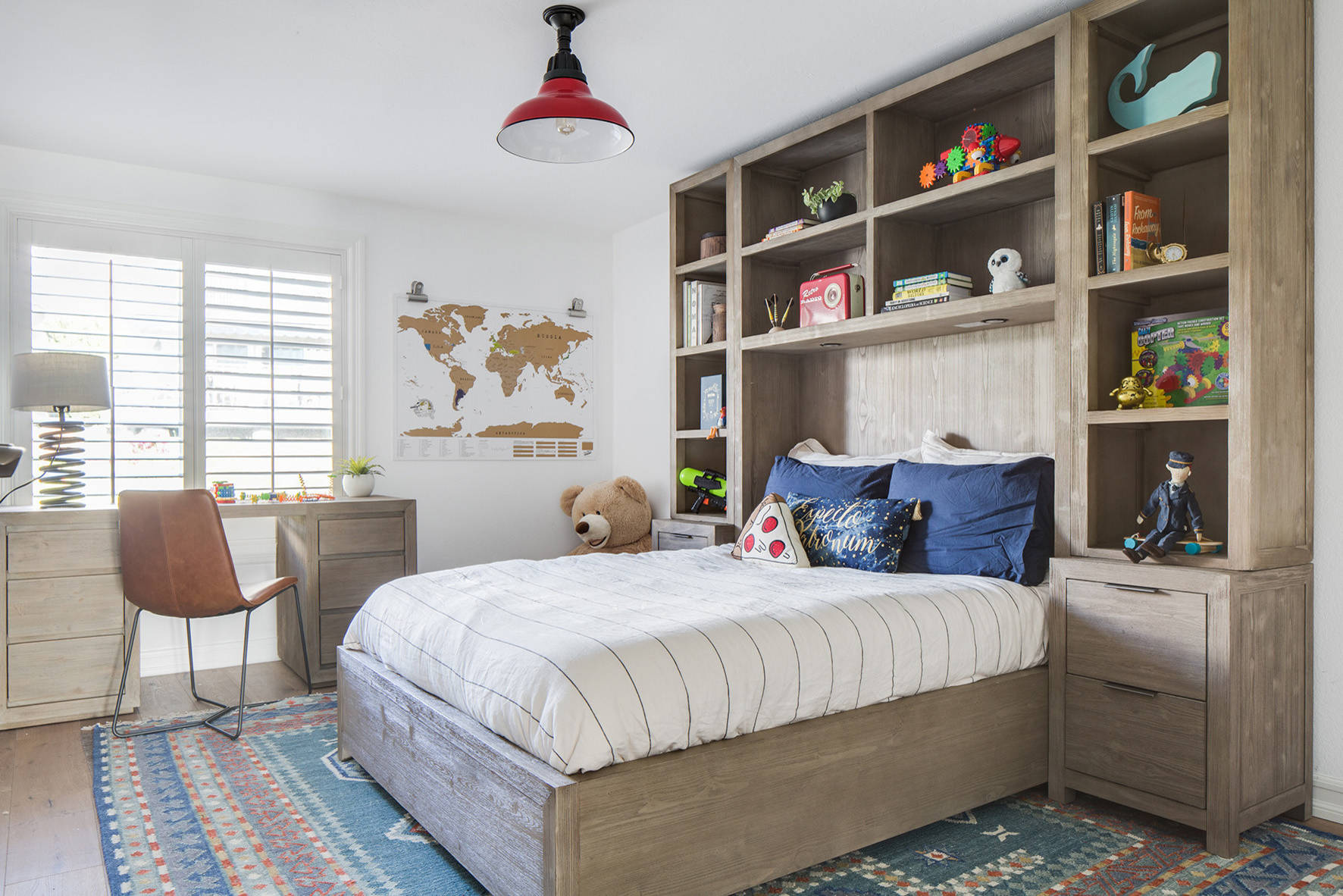 Another important aspect of arranging furniture in a kid's bedroom is to maximize space and functionality. Children's bedrooms are often small, and it's essential to make the most out of the available space.
Arranging furniture
in a way that creates designated areas for different activities can help keep the room organized and clutter-free. For example, have a designated play area with a rug and toy storage, a study area with a desk and bookshelves, and a sleeping area with a bed and nightstand. Utilizing vertical space, such as wall shelves and bunk beds, can also help maximize space and promote functionality in a child's bedroom.
In conclusion,
arranging furniture
in a kid's bedroom is crucial for creating a functional and safe space for your child. By promoting safety and accessibility and maximizing space and functionality, you can not only create a well-organized and aesthetically pleasing room but also promote positive habits and a healthy environment for your child. Remember to involve your child in the process and consider their needs and abilities to create a space that they will love and enjoy.
Another important aspect of arranging furniture in a kid's bedroom is to maximize space and functionality. Children's bedrooms are often small, and it's essential to make the most out of the available space.
Arranging furniture
in a way that creates designated areas for different activities can help keep the room organized and clutter-free. For example, have a designated play area with a rug and toy storage, a study area with a desk and bookshelves, and a sleeping area with a bed and nightstand. Utilizing vertical space, such as wall shelves and bunk beds, can also help maximize space and promote functionality in a child's bedroom.
In conclusion,
arranging furniture
in a kid's bedroom is crucial for creating a functional and safe space for your child. By promoting safety and accessibility and maximizing space and functionality, you can not only create a well-organized and aesthetically pleasing room but also promote positive habits and a healthy environment for your child. Remember to involve your child in the process and consider their needs and abilities to create a space that they will love and enjoy.





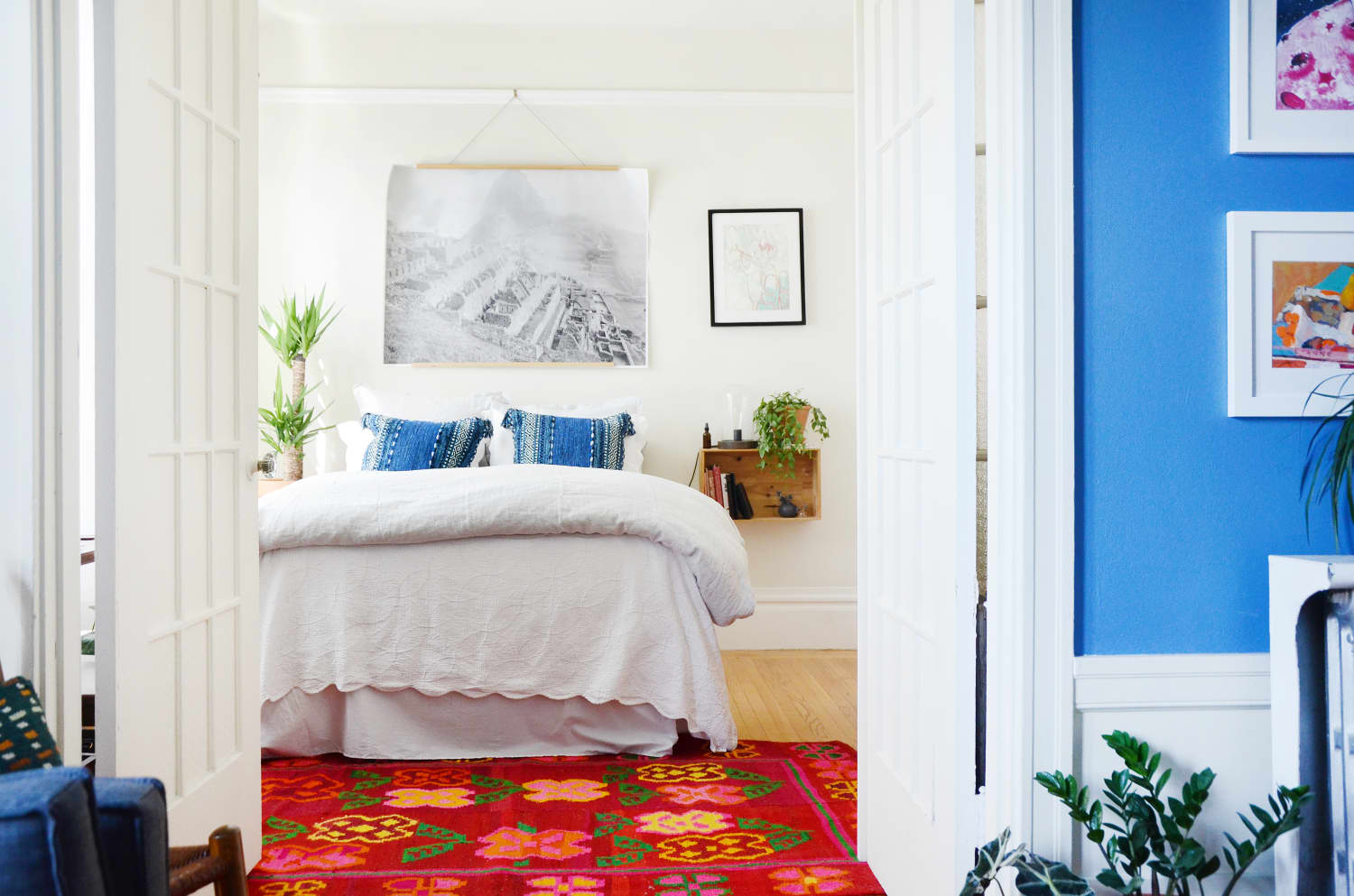



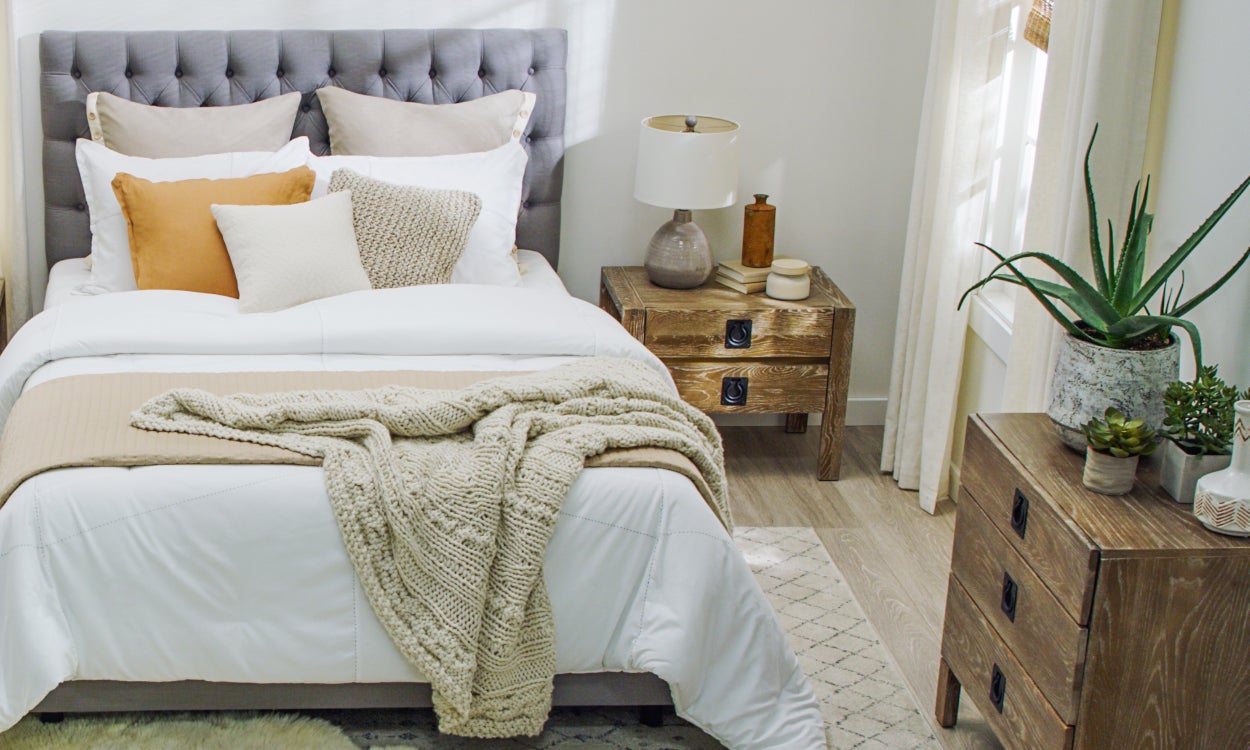
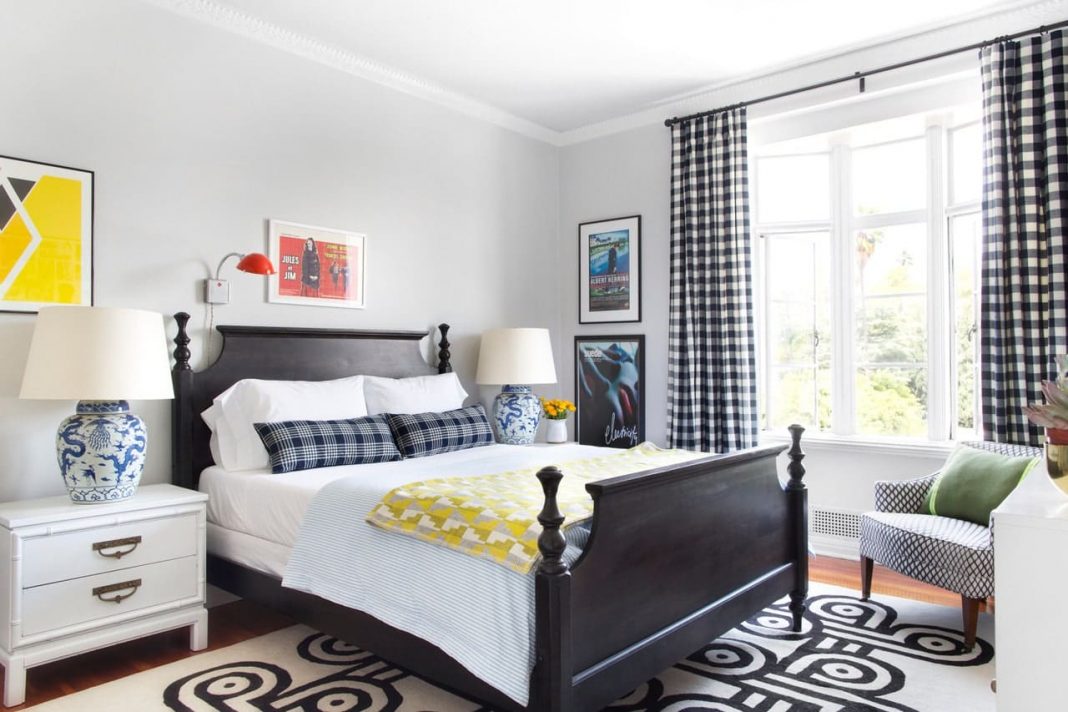
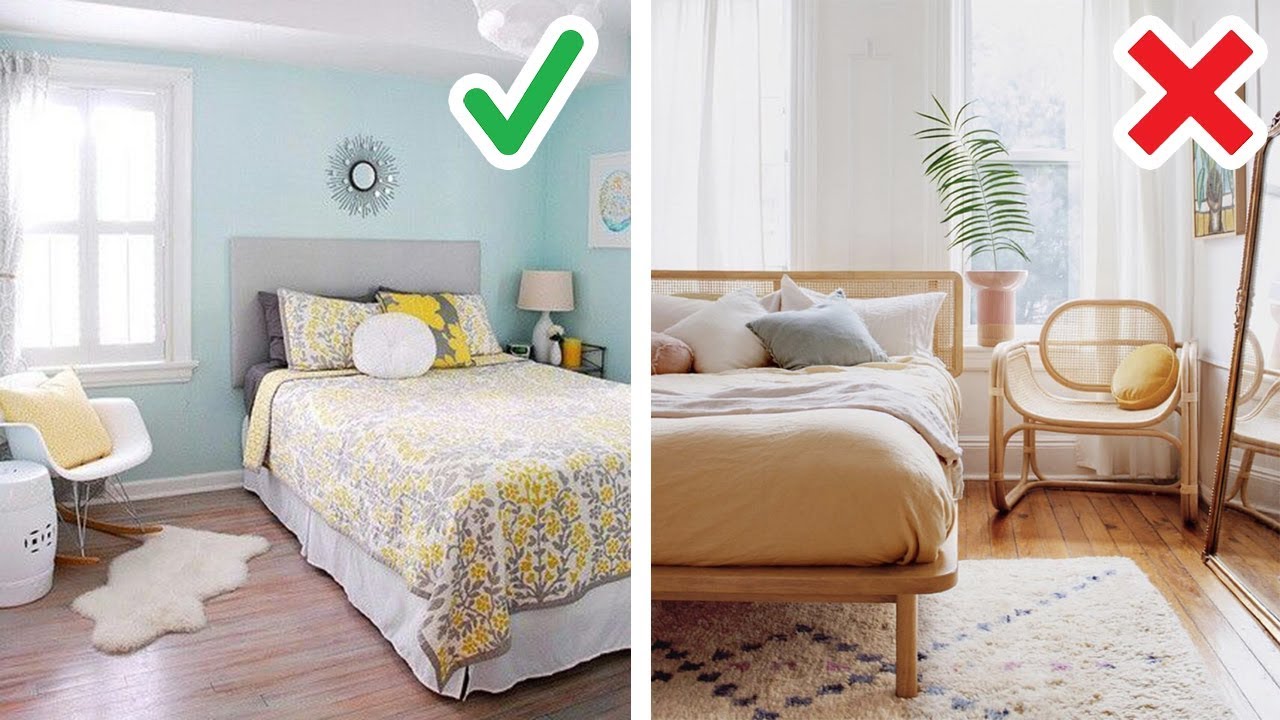



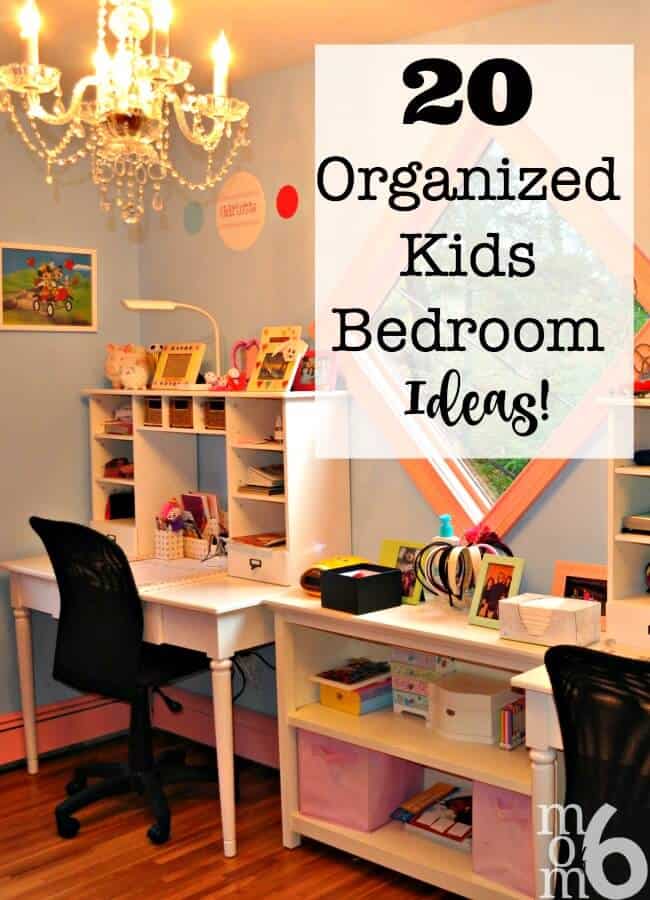


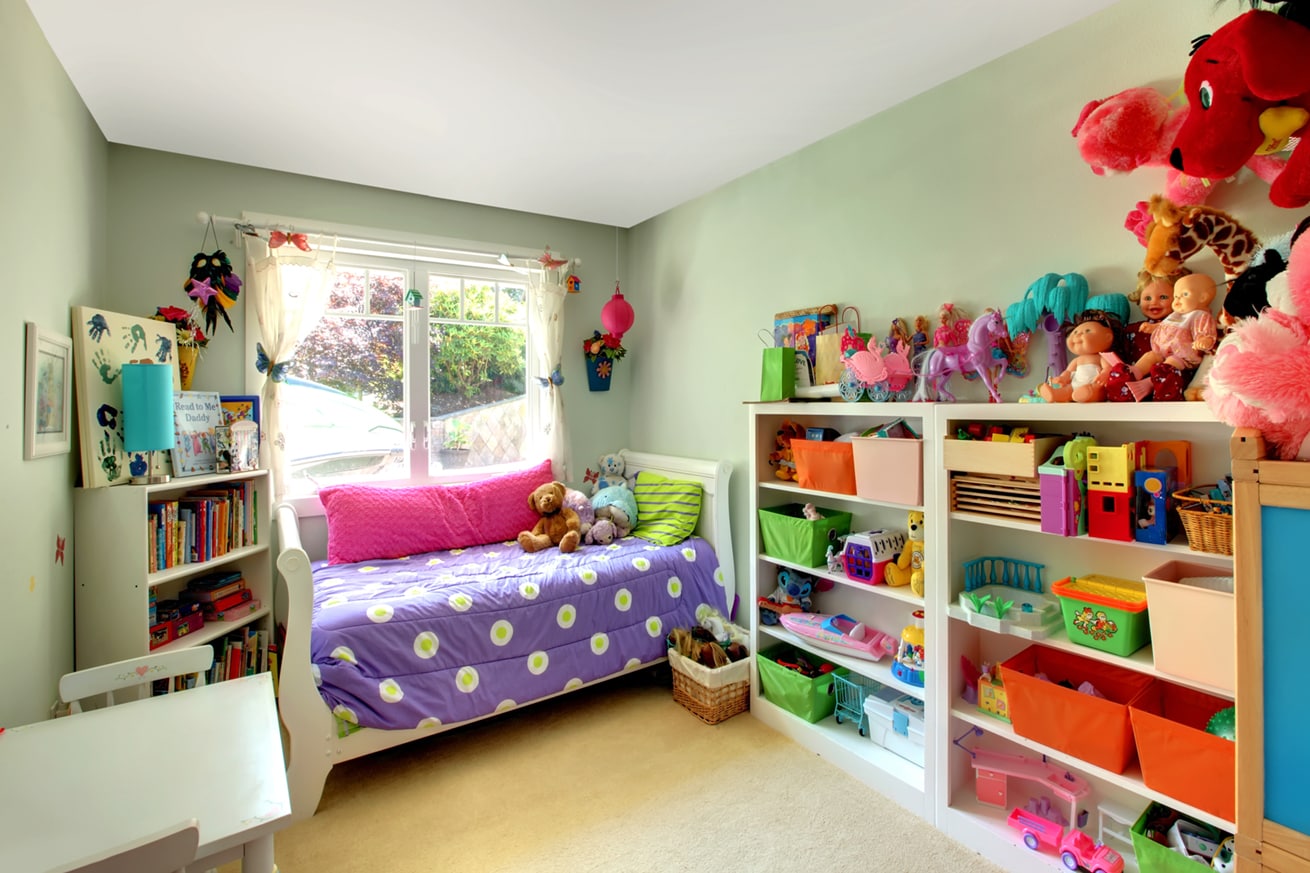








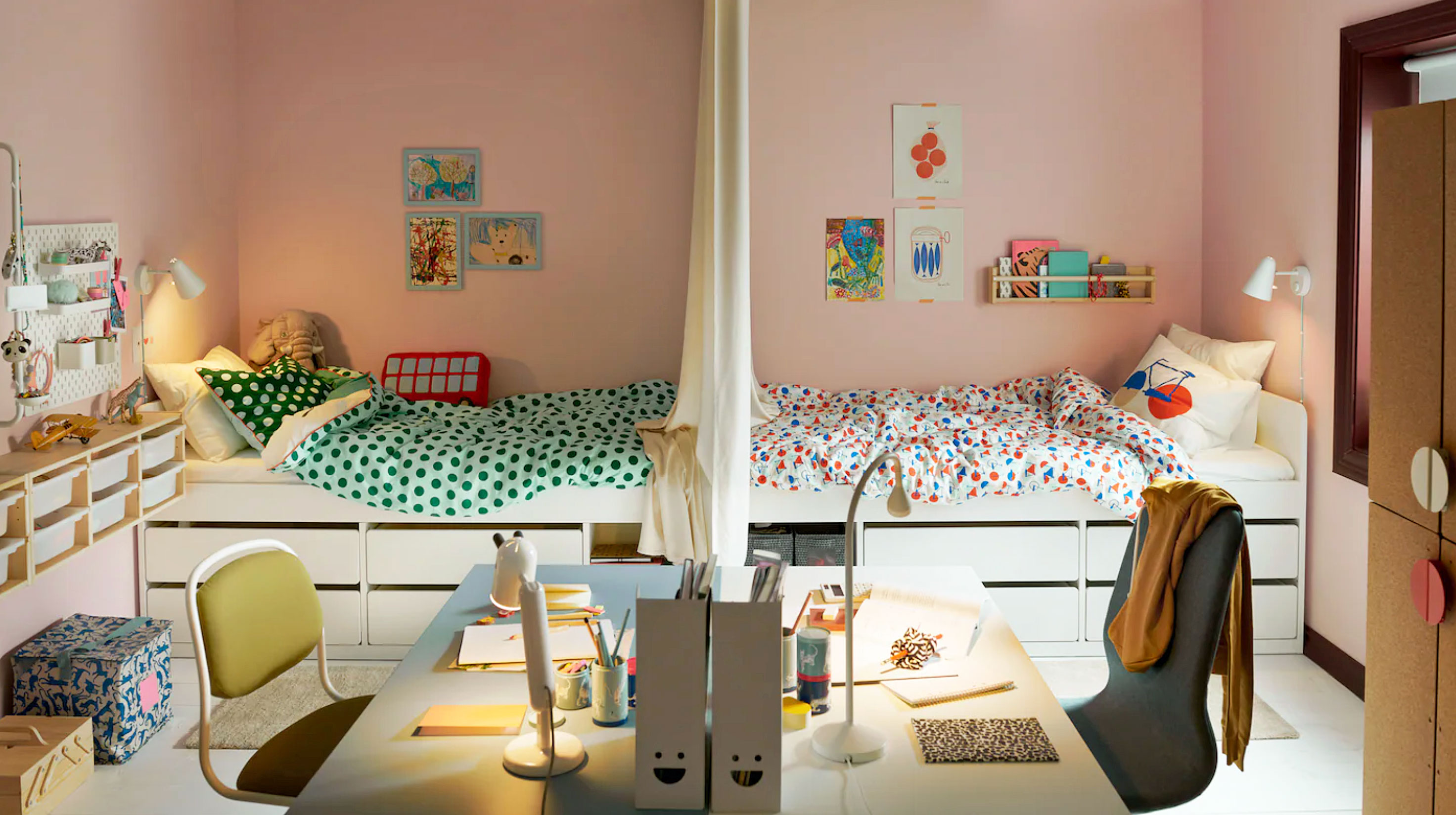

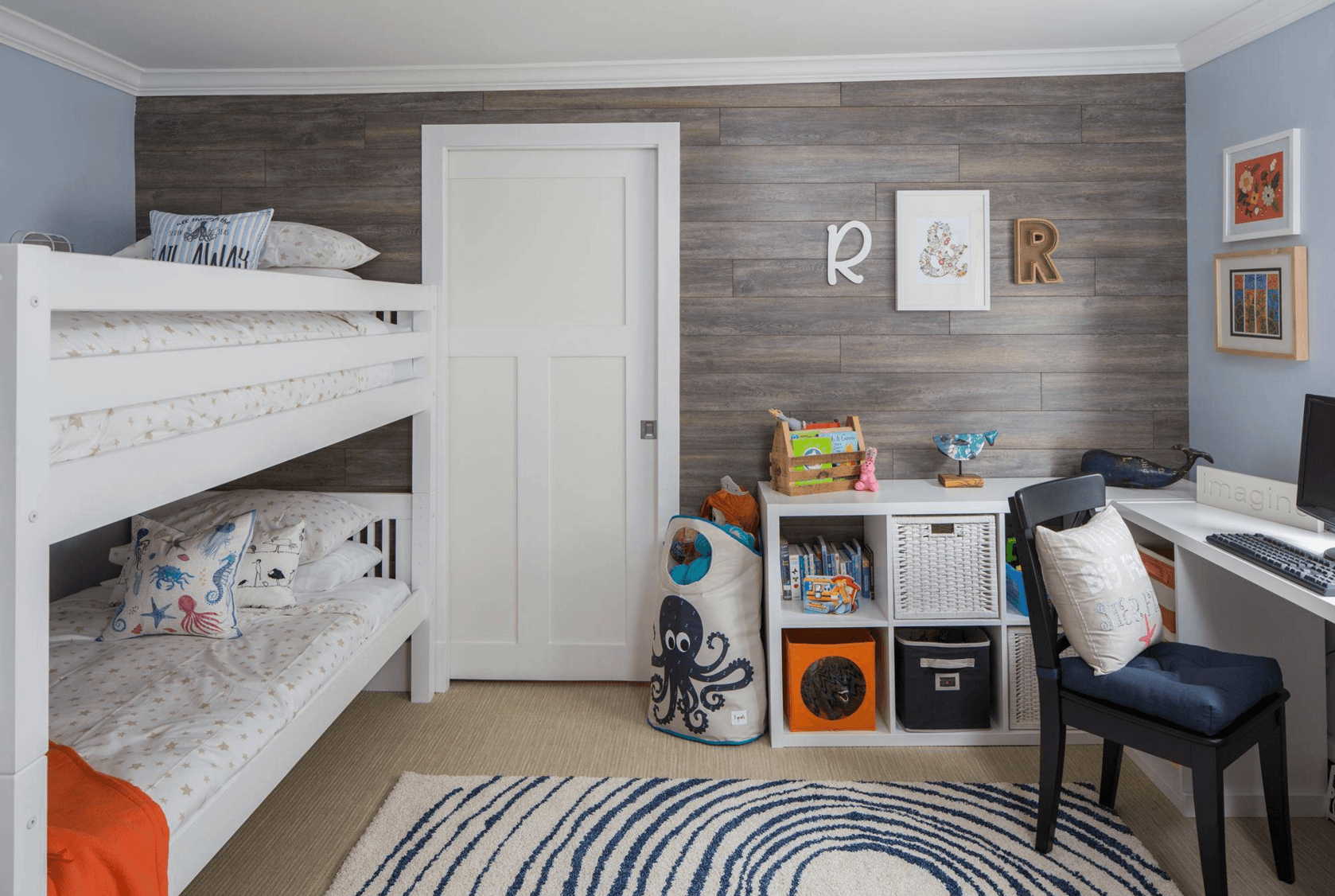
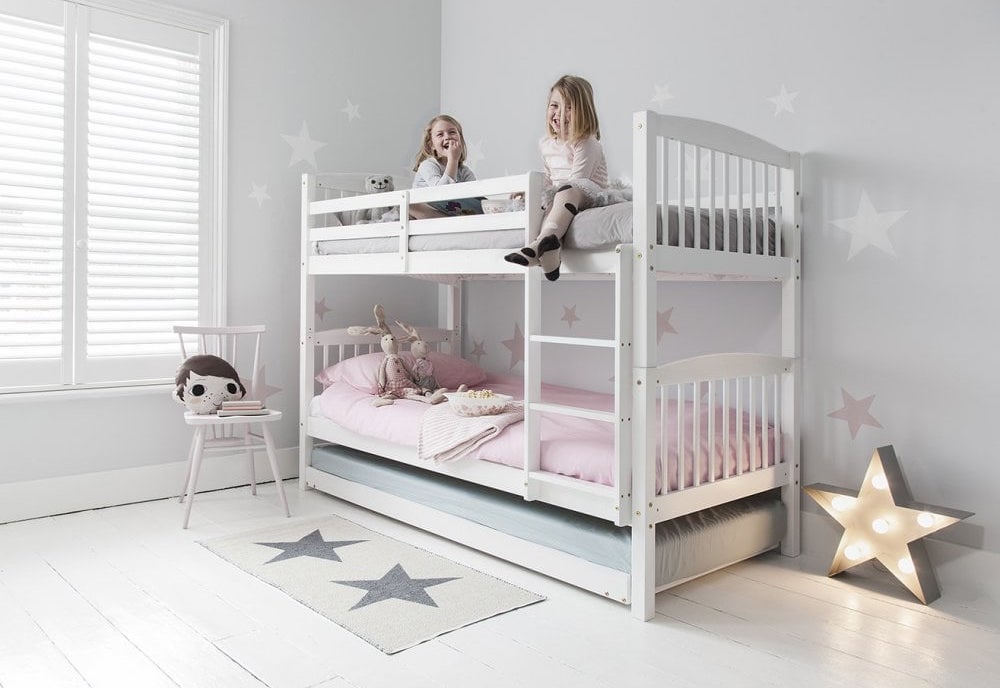
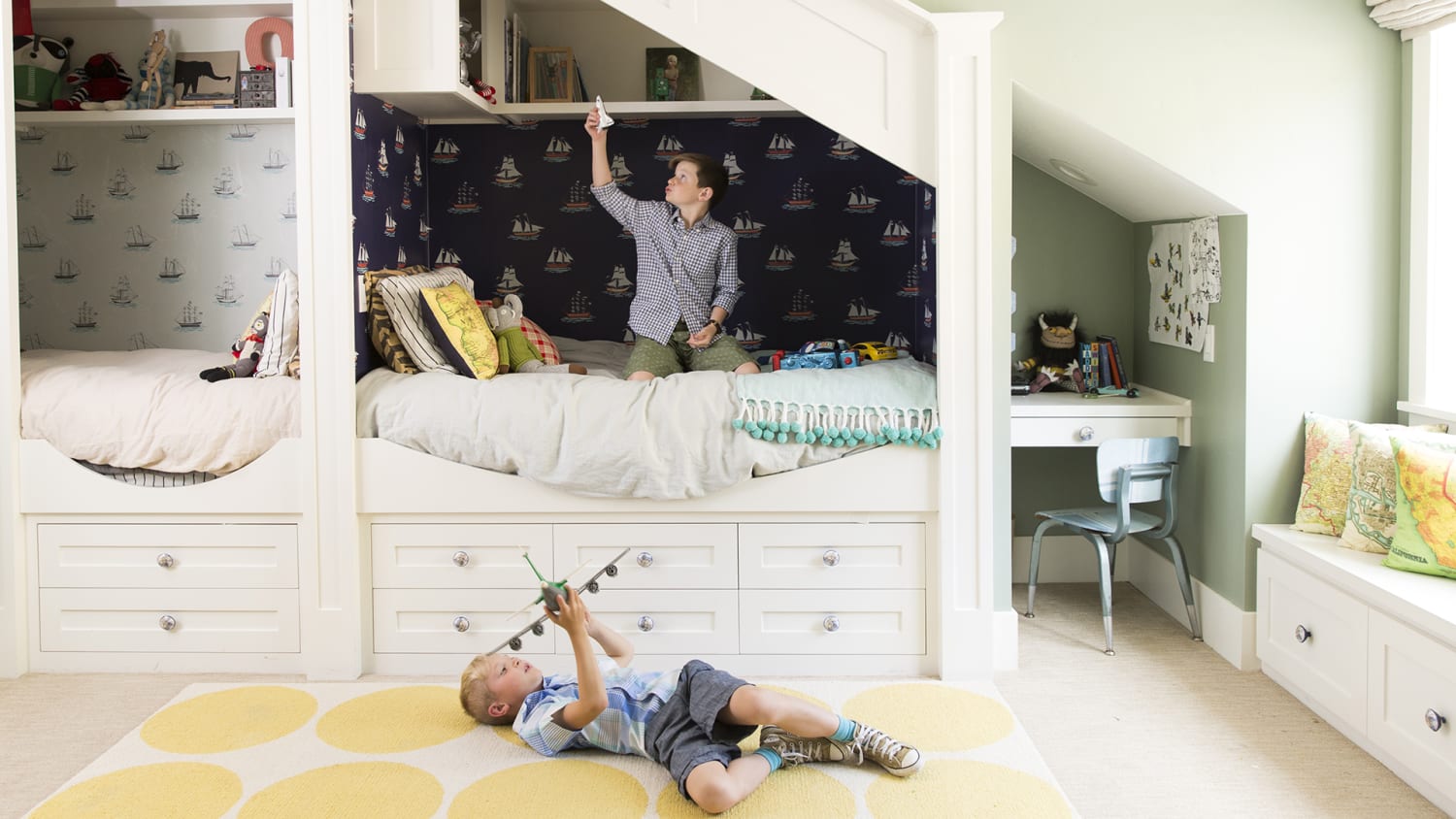
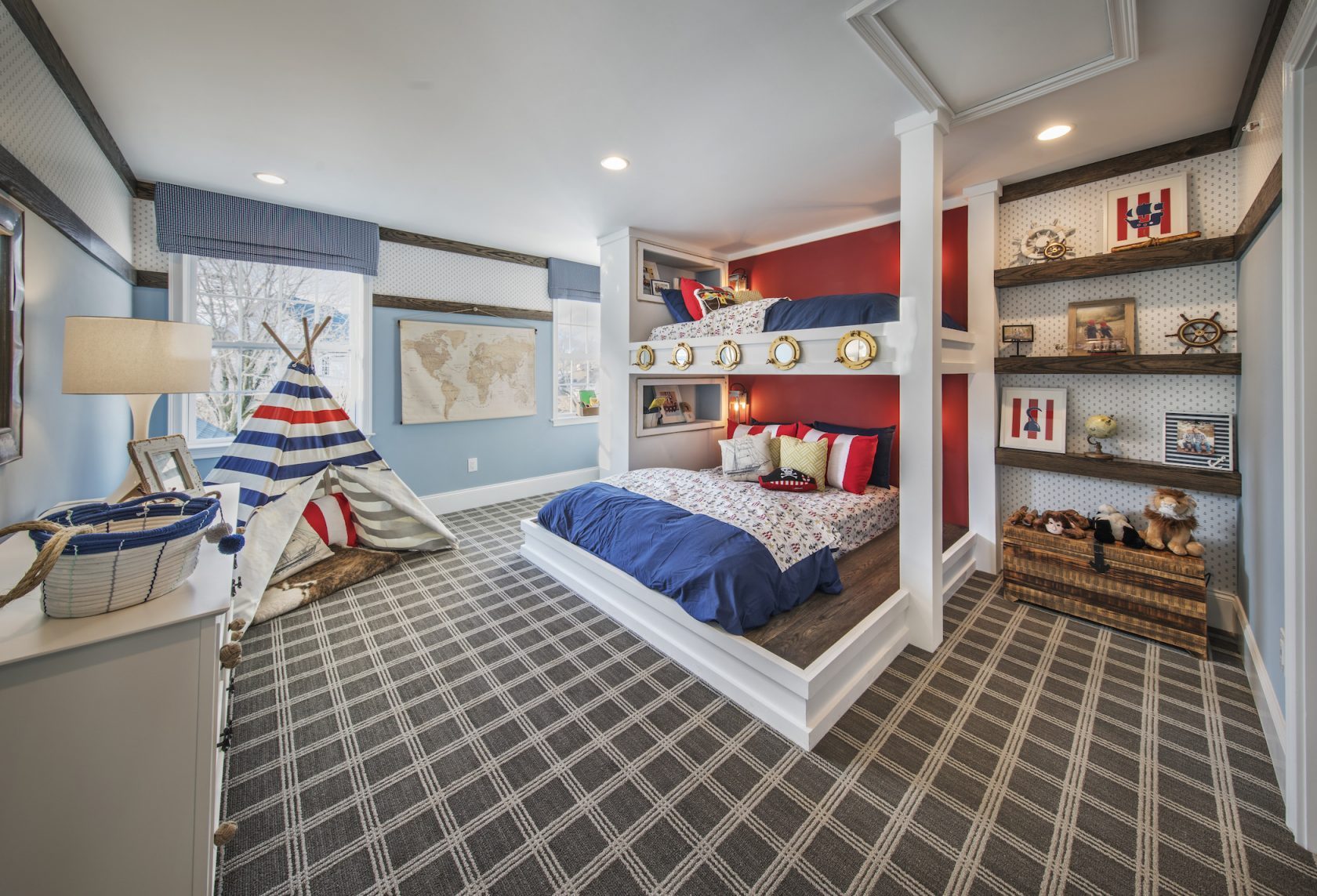





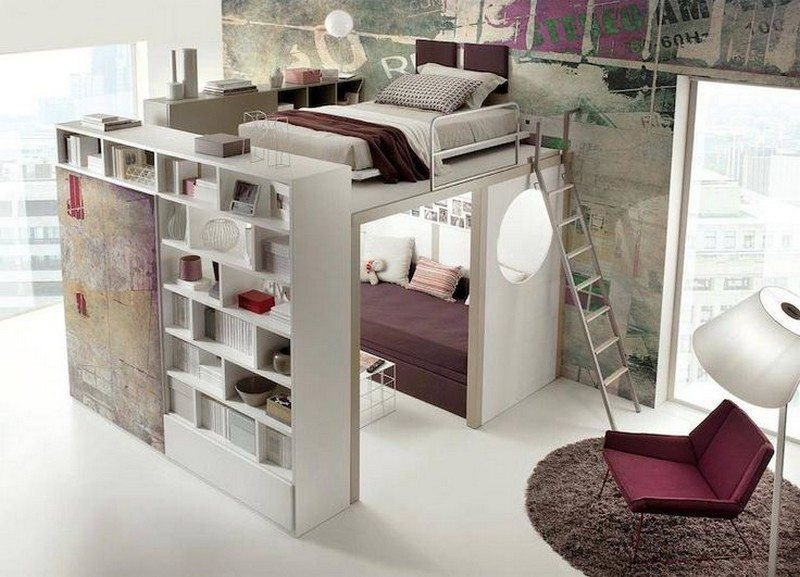


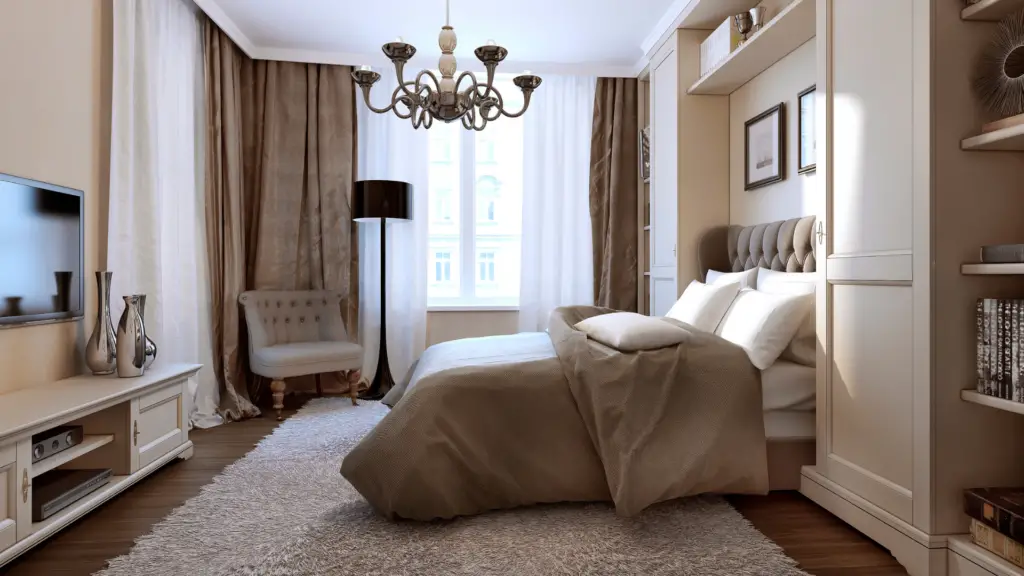




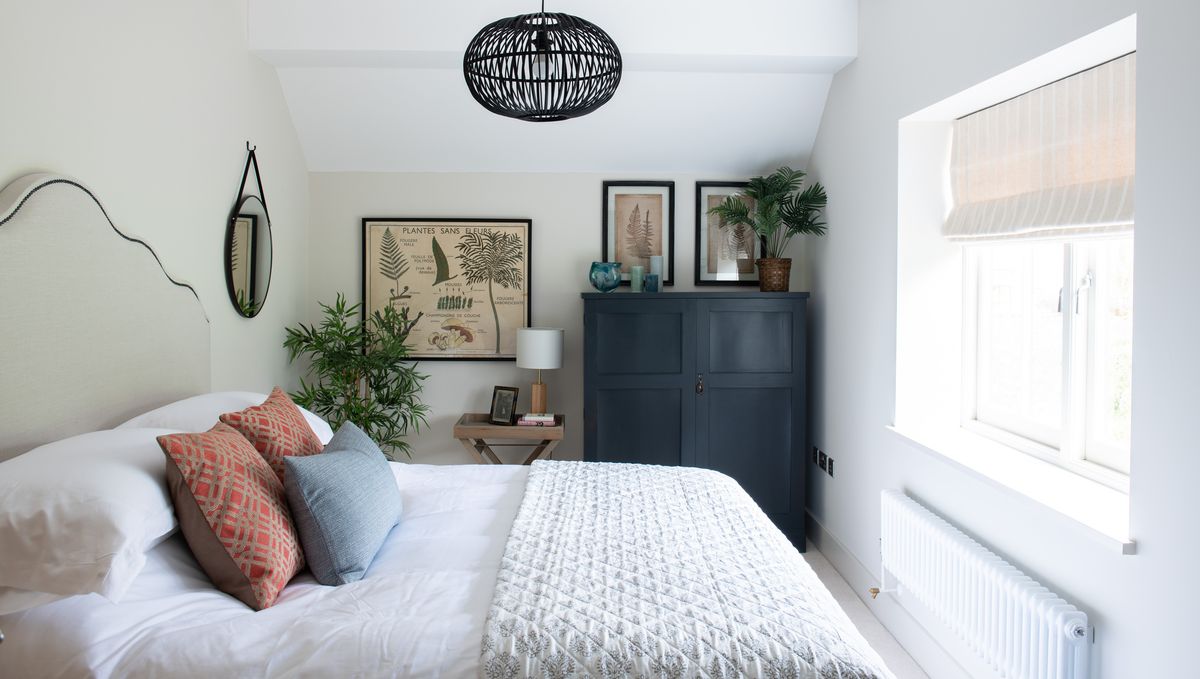







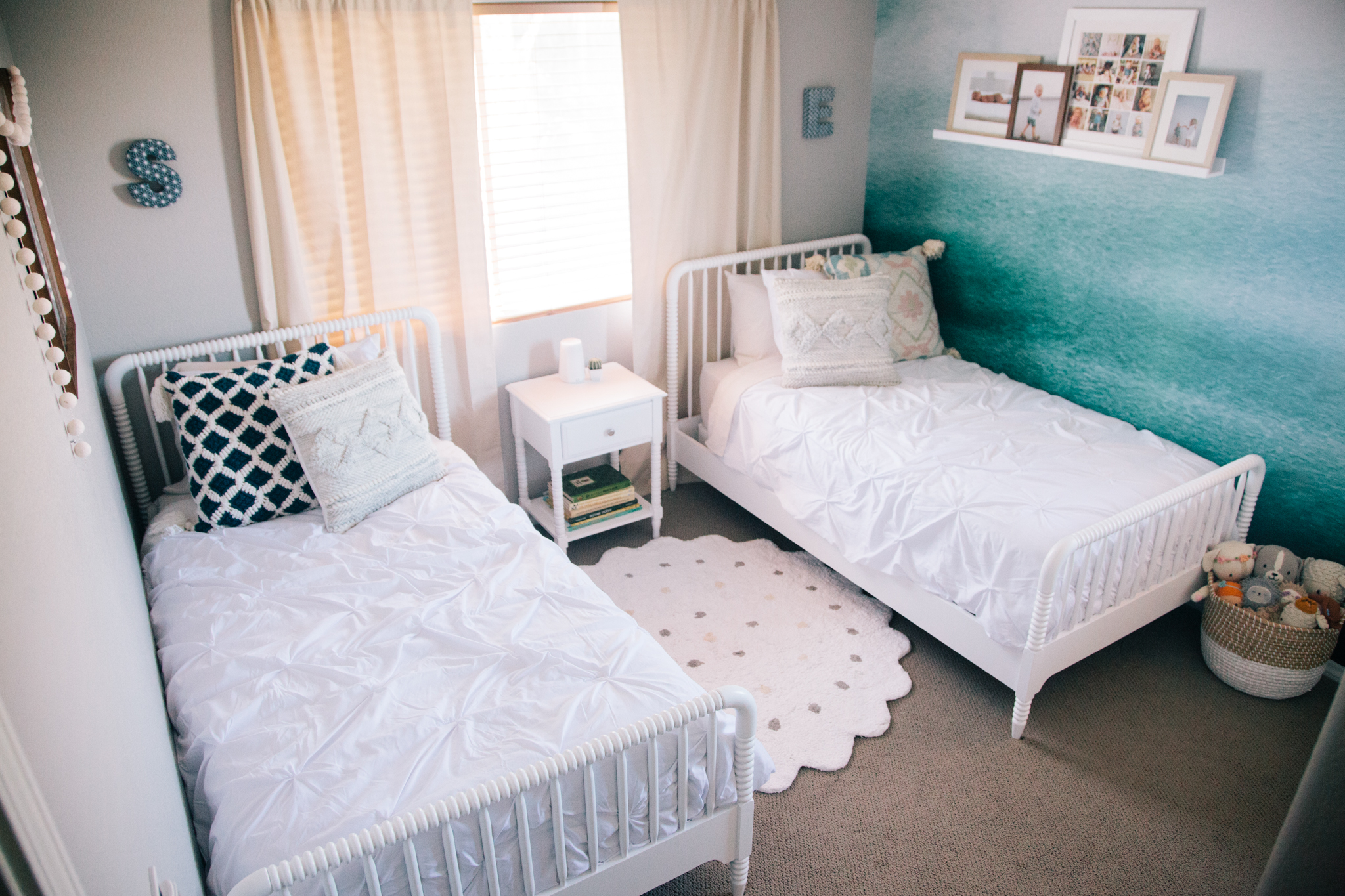
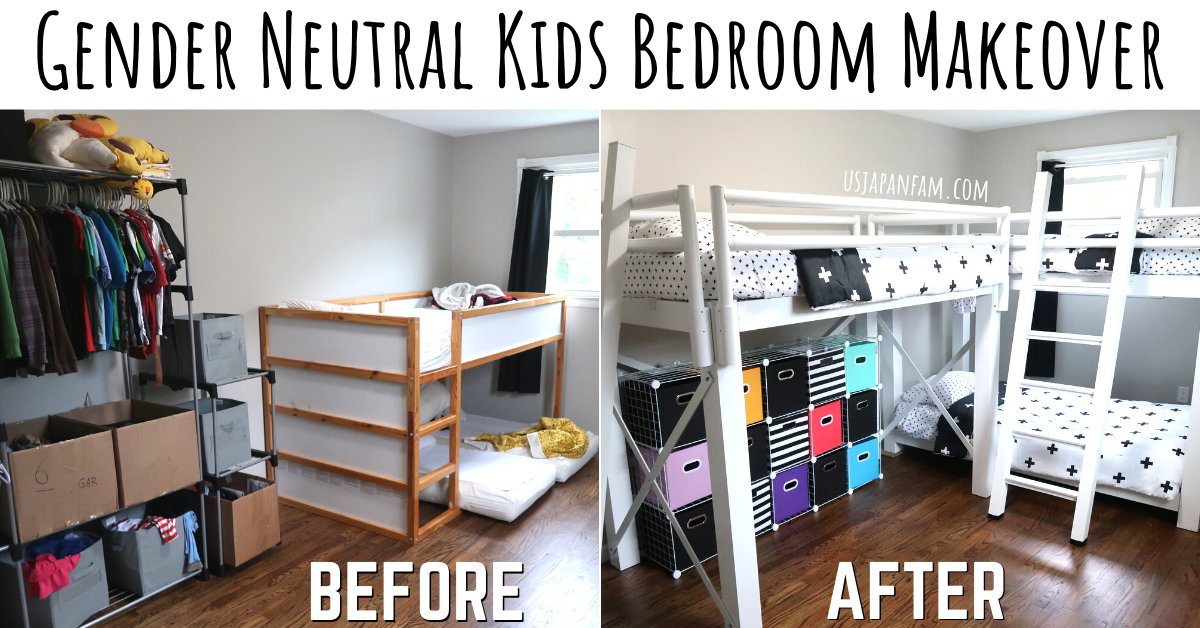

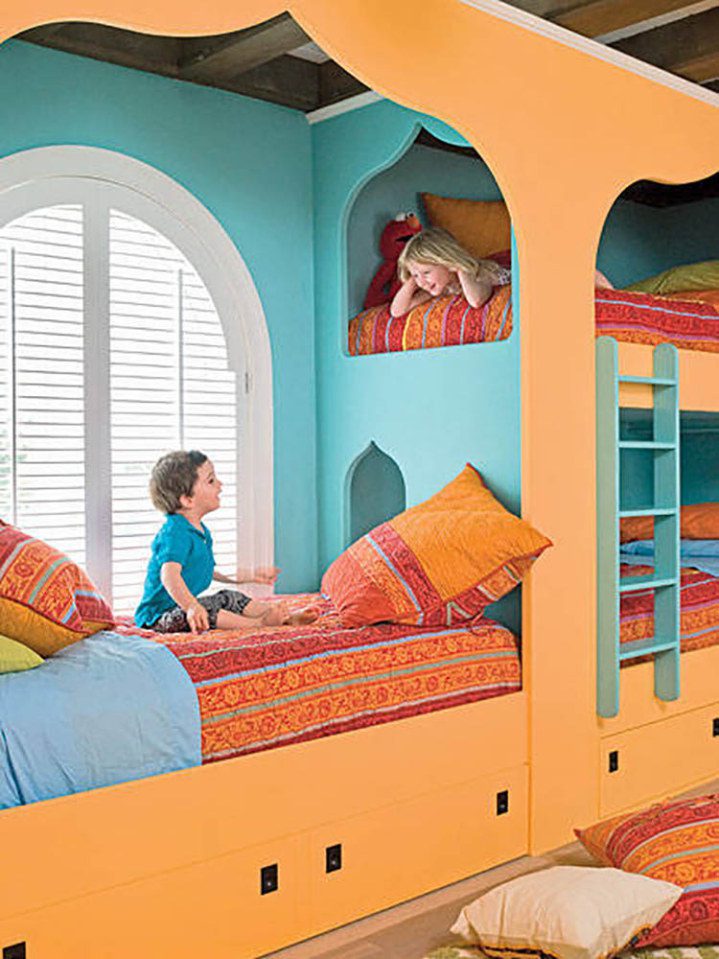


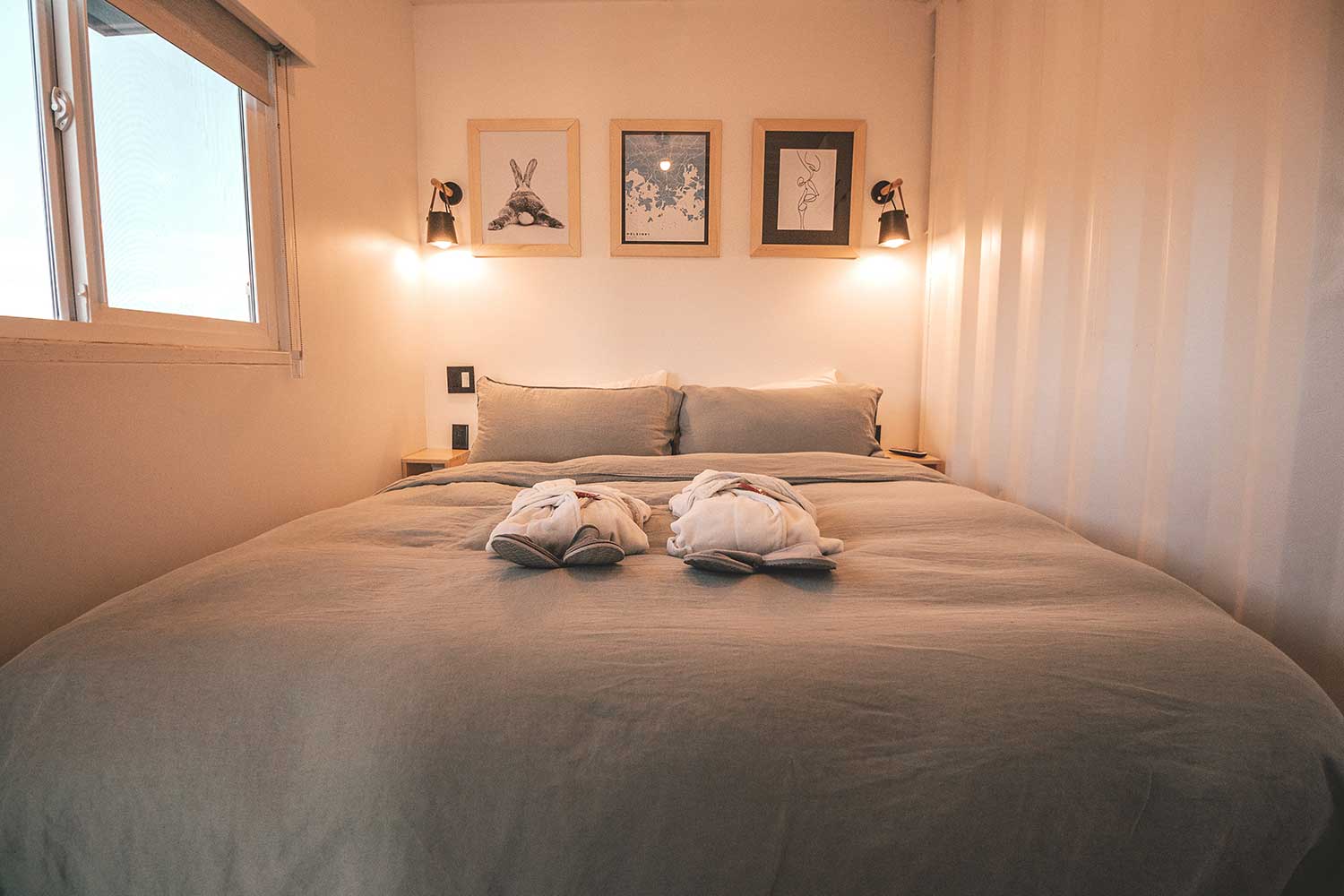





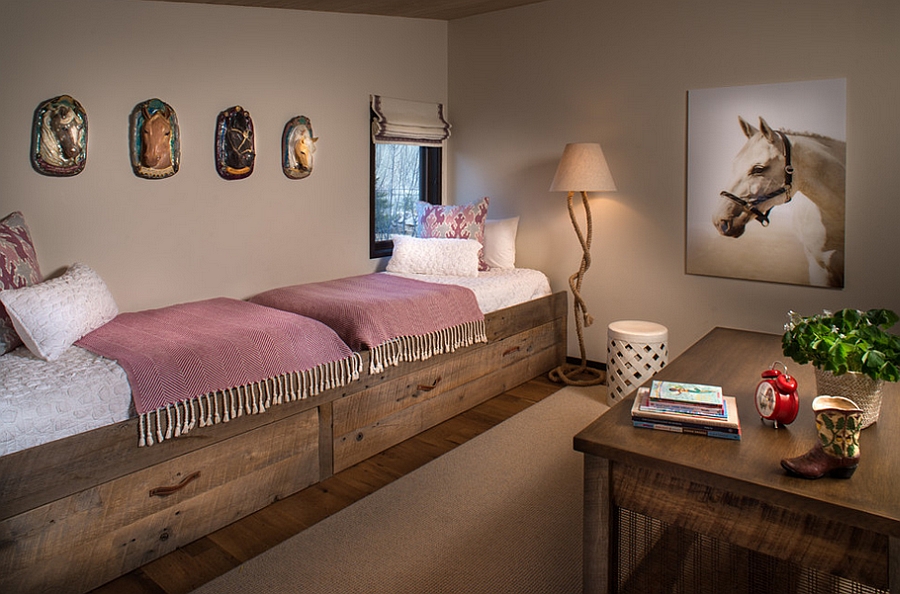
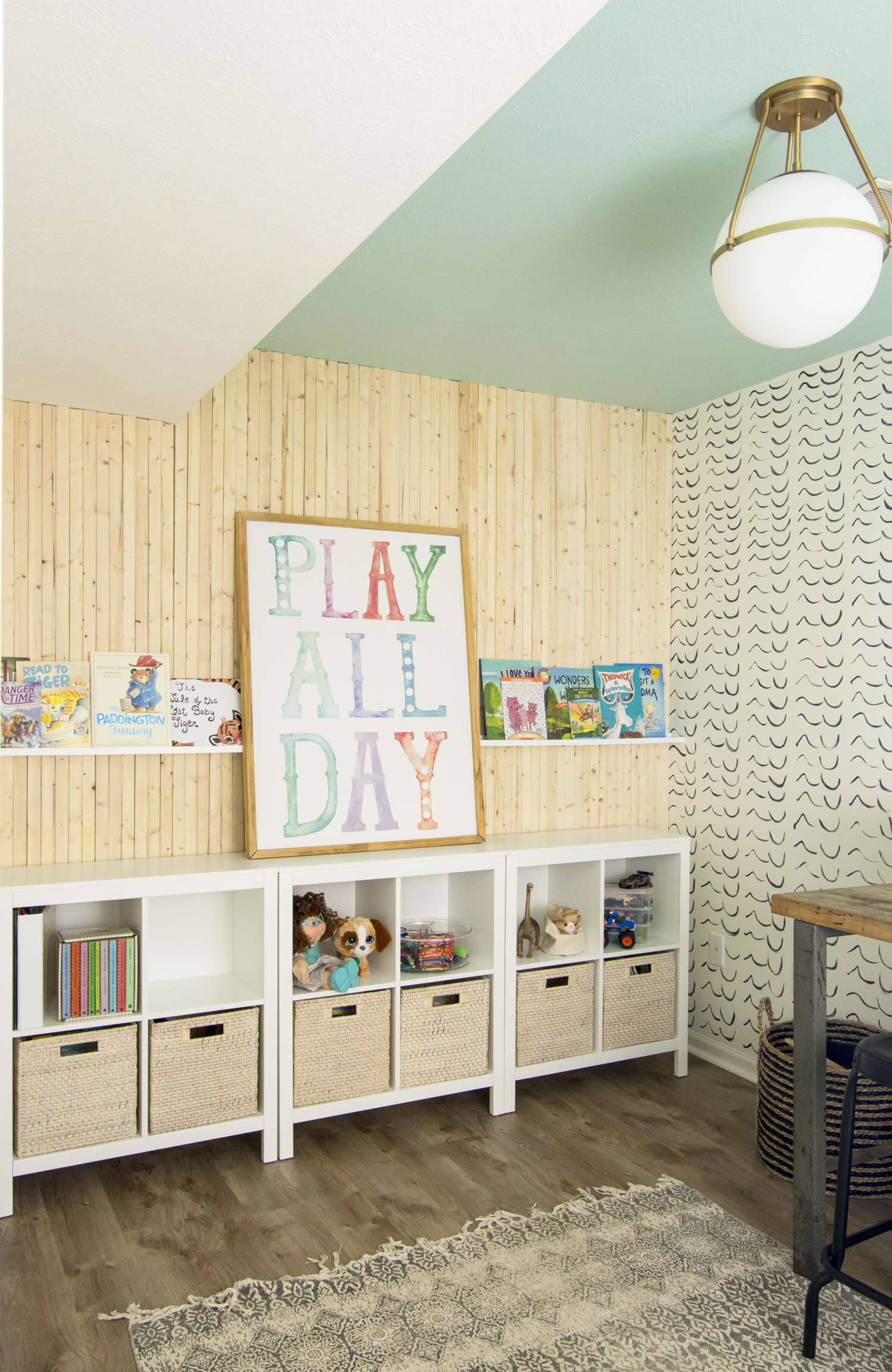

/bedroom-fur-rug-blue-bedspread-f5e36d84-0a567ef8963746dbb0d6001f205a1758.jpg)


:max_bytes(150000):strip_icc()/rules-for-arranging-furniture-2213418-01-0ce5fc6a876342d693cef4e11367d098.jpg)














